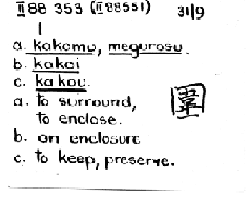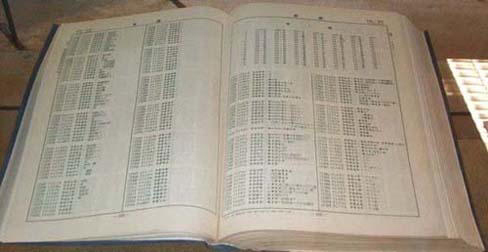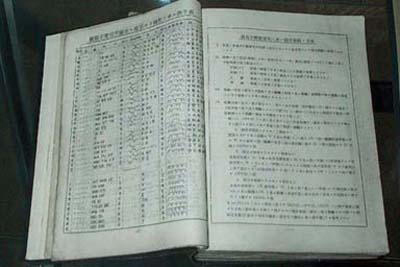![]()
The contents on this page remain on our website for informational purposes only.
Content on this page will not be reviewed or updated.
 |
||||||||||
Japanese Codes |
||||||||||
| The Japanese did not place so much emphasis on codes & cipher systems as their language was totally different to most European languages & so thought to be unlearnable .
Japanese is usually written as a mixture of Chinese characters Kanji & 2 alphabets hiragana & katakana. It is written in Chinese pollysyllabic characters written from the top right hand corner going down in columns progressing to the left. |
||||||||||
 |
||||||||||
 |
||||||||||
|
|
||||||||||
| Eric Nave joined the Government Codes & Cypher School in 1928 & brought a knowledge of Japanese codes gained with the Australian Navy.
At GCCS his task was to break the Japanese Naval Attache codes & continue work on the Japanese general naval code known as Red Book. From 1928 the breaking of Japanese codes was carried out on a regular basis. In World War Two Japan made extensive use of code books. The Japanese Naval code book known to the Allies as JN25 started before the war but was enhanced during the war. First broken in the late 30's by U.S.& U.K. it used a system of digits from an additive key book. This was added to a group of digits obtained from looking up a word or phrase to be encoded. The resultant addition added was transmitted .The recipient looked up the additive table and subtracted the additive group to arrive at a word or phrase. Codebreakers had to recreate the additive table as well as the code book. |
||||||||||
 |
||||||||||
|
|
||||||||||
|
|
||||||||||